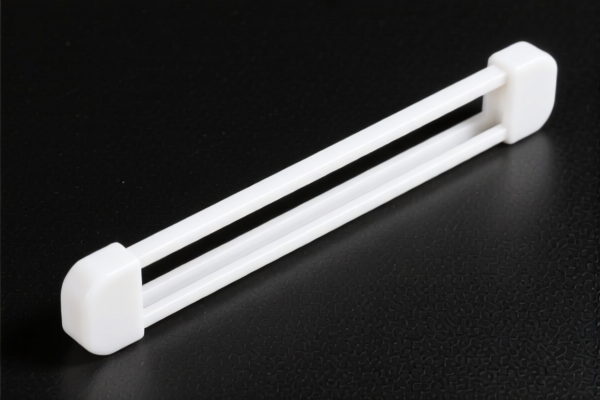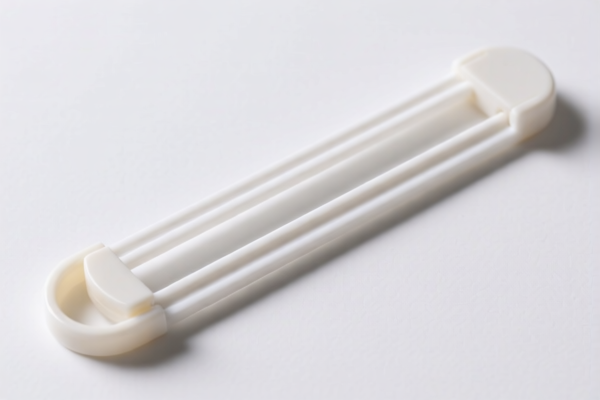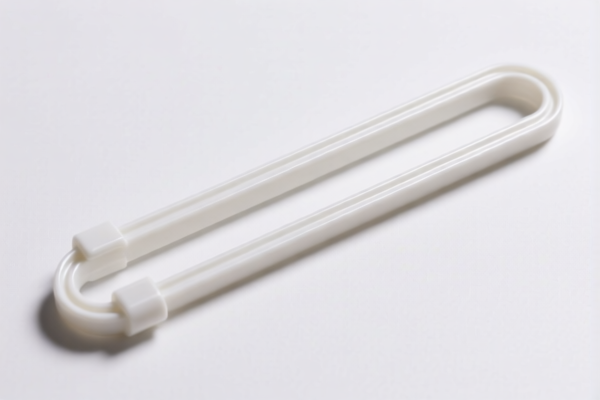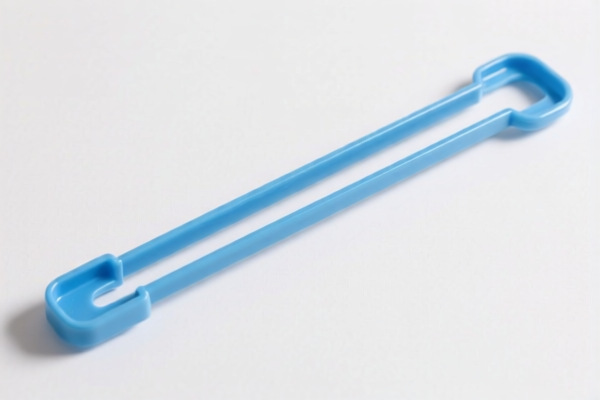| HS Code | Official Doc | Tariff Rate | Origin | Destination | Effective Date |
|---|---|---|---|---|---|
| 4202122150 | Doc | 75.0% | CN | US | 2025-05-12 |
| 4201006000 | Doc | 57.8% | CN | US | 2025-05-12 |
| 8714949000 | Doc | 10% <u></u>+55.0% | CN | US | 2025-05-12 |
| 9506910030 | Doc | 42.1% | CN | US | 2025-05-12 |
| 7326908688 | Doc | 107.9% | CN | US | 2025-05-12 |




Pull Rod
A pull rod is a mechanical device used to remotely operate a mechanism, typically a lever or valve, from a distance. It consists of a rigid or semi-rigid rod connected to the operating element via a linkage, allowing for control without direct physical interaction.
Material
Pull rods are commonly constructed from:
- Steel: Offers high strength and durability, suitable for heavy-duty applications. Often galvanized or coated to resist corrosion.
- Aluminum: Lighter than steel, making it easier to handle and suitable for applications where weight is a concern.
- Stainless Steel: Provides excellent corrosion resistance, ideal for marine or chemically exposed environments.
- Fiberglass: Non-conductive and lightweight, used in electrical or potentially explosive atmospheres.
- Wood: Historically used, but less common now due to lower strength and durability.
Purpose
The primary purpose of a pull rod is to provide a safe and convenient means of:
- Remote Operation: Controlling devices from a safe distance, particularly in hazardous environments.
- Mechanical Advantage: Allowing a smaller force to control a larger mechanism.
- Precise Control: Enabling accurate and repeatable operation of valves, levers, and other controls.
Function
A pull rod functions by transmitting a tensile force from an operator to the controlled mechanism. The operator applies force to one end of the rod, which is then transferred through the rod's length to actuate the target device. The linkage connecting the rod to the mechanism can be designed to provide varying degrees of mechanical advantage, travel distance, and control precision.
Usage Scenarios
- Railway Signaling: Operating railway switches and signals from a distance.
- Industrial Valves: Controlling valves in chemical plants, refineries, and other industrial settings.
- Firefighting: Activating fire suppression systems remotely.
- Mining: Operating equipment in hazardous mining environments.
- Aircraft Control: Historically used in early aircraft control systems.
- Door Control: Used in some specialized door operating systems.
Common Types
- Solid Rods: Simple, robust construction, suitable for direct pull applications.
- Flexible Rods: Constructed from multiple segments or a coiled wire, allowing for bending around obstacles. Often used in applications where a straight line pull is not possible.
- Sheathed Rods: A flexible rod enclosed in a protective sheath, providing increased durability and protection.
- Hydraulic Pull Rods: Utilize hydraulic fluid to transmit force, offering high force capabilities and precise control.
- Pneumatic Pull Rods: Utilize compressed air to transmit force, suitable for applications requiring rapid actuation.
- Adjustable Pull Rods: Feature adjustable length to accommodate varying distances between the operator and the controlled mechanism.
Based on the provided information, the following HS codes may be relevant to “pull rod”:
- 7326908688: Other articles of iron or steel: Other: Other: Other: Other Other. This HS code covers a broad category of articles made of iron or steel, and could potentially include pull rods depending on their specific composition and function.
- 7326908676: Other articles of iron or steel: Other: Other: Other: Other Metal handles for brooms, mops, paint applicators and similar products. If the pull rod functions as a handle for a tool or cleaning implement, this HS code may be applicable.
Tax Rate Details:
Both HS codes share the following tax rate structure:
- Basic tariff: 2.9%
- Additional tariff: 25.0%
- Additional tariff after April 2, 2025: 30.0% for steel and aluminum products.
- Total tariff: 82.9%
Important Note:
The classification of “pull rod” will depend on its precise material composition (steel or aluminum) and intended use. Please verify the material of the pull rod, as the additional tariff rate changes after April 2, 2025 for steel and aluminum products.
Customer Reviews
No reviews yet.